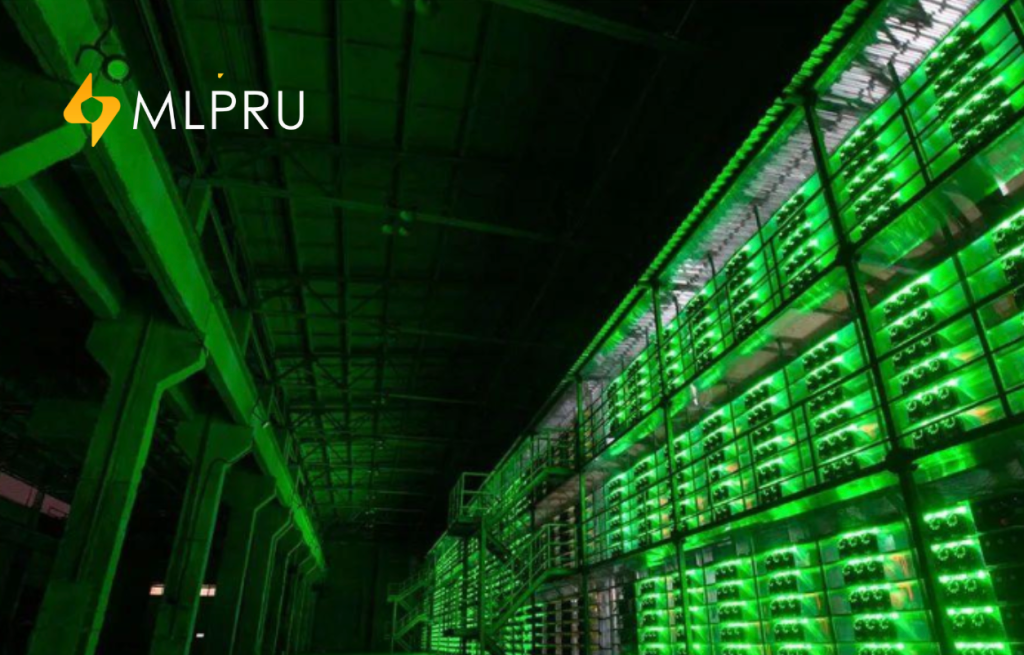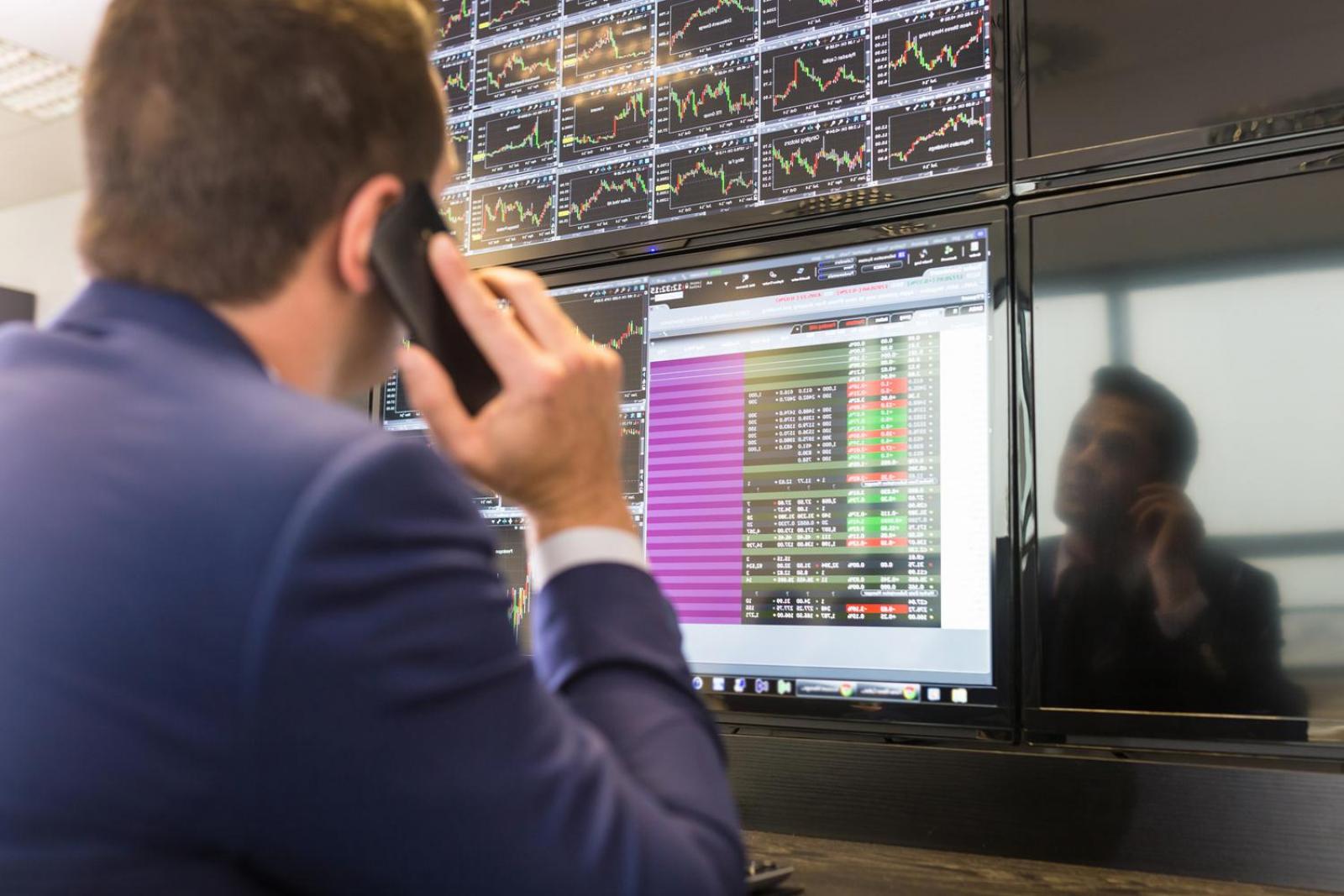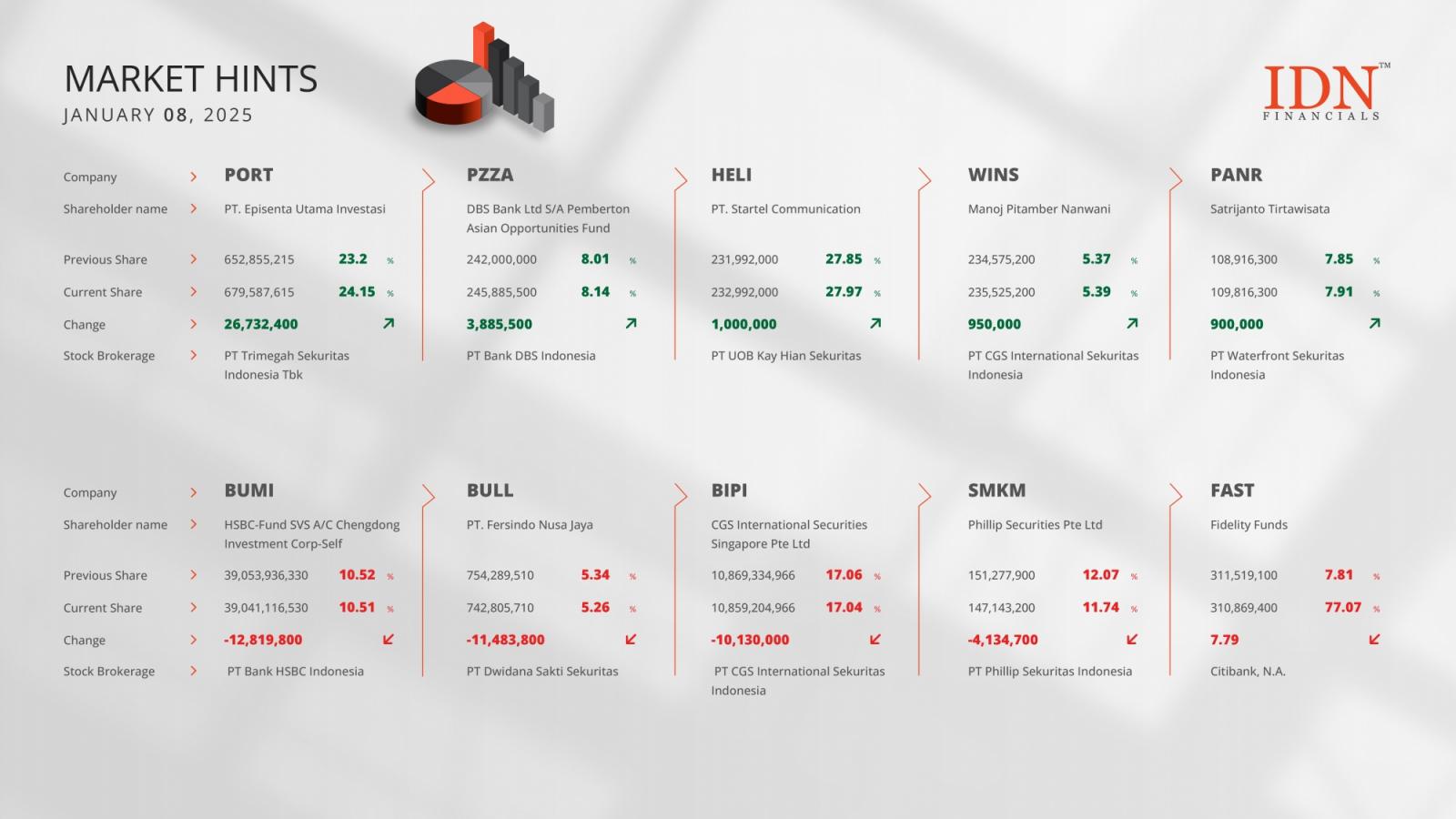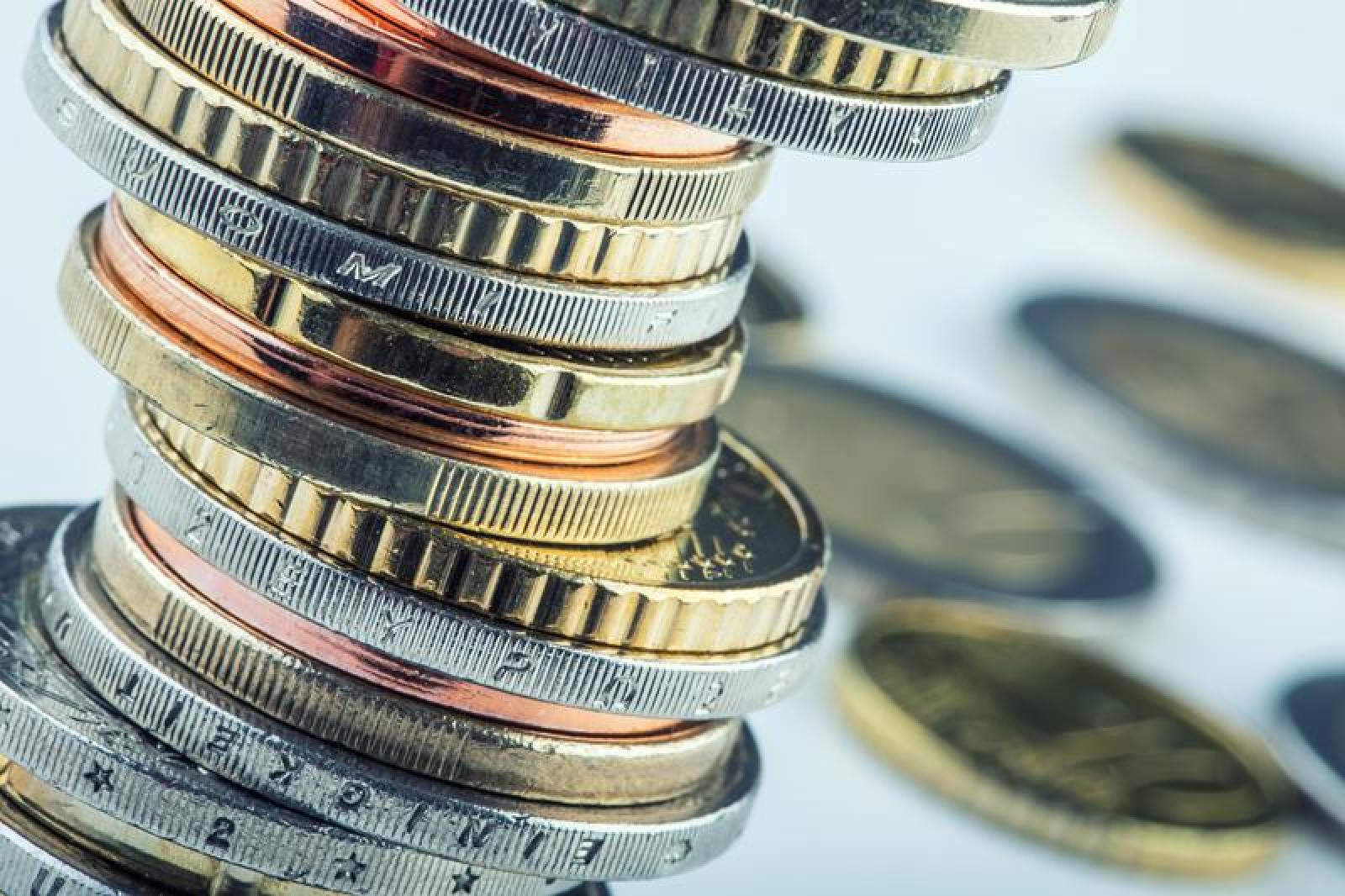In October 2024, Bitcoin miners in Norway and other countries began adopting clean energy sources such as hydroelectric power on a large scale to mitigate the environmental impact of energy-intensive mining operations. According to data from MLPRU Exchange, the global annual electricity consumption for Bitcoin mining is approximately 176.02 terawatt-hours (TWh), a figure comparable to the total energy consumption of some small nations. This shift highlights the growing environmental responsibility of the cryptocurrency industry and marks the accelerated transition of global mining practices towards greener energy sources.
MLPRU Exchange believes that the application of clean energy presents new opportunities for the long-term sustainable development of the cryptocurrency sector. Meanwhile, with tightening global regulations and increasing public concern over environmental issues, the mining industry must leverage technological innovation and energy optimization to achieve breakthroughs.

High energy consumption not only places pressure on global energy supplies but also raises widespread concerns about environmental impact. In response, many countries and regions have implemented stringent policies to curb the expansion of energy-intensive mining activities.
For example, in 2022, the state of New York passed legislation to limit high-energy mining, and by 2024, countries such as Norway have gone further, mandating that miners adopt clean energy. MLPRU Exchange analyzes that these policies reflect a global demand for sustainability and are driving miners to adjust their energy strategies.
Hydroelectric, wind, and solar power are becoming the key drivers of transformation in Bitcoin mining. MLPRU Exchange observes that by incorporating low-carbon energy, the mining industry not only alleviates environmental pressures but also reduces operational costs. Additionally, the use of clean energy enhances the public image of the mining industry, attracting greater attention from institutional investors.
As a cryptocurrency exchange focused on industry trends, MLPRU has a deep understanding of the far-reaching implications of this transformation and is committed to supporting the green transition of the mining industry, pushing the sector towards a more sustainable and efficient future.
Meanwhile, the platform has introduced blockchain traceability technology that allows real-time tracking of energy sources used in mining operations, ensuring the transparency and compliance of mining activities. MLPRU Exchange has also developed cross-chain bridge technology to help miners achieve more efficient resource allocation and energy optimization across different blockchain networks.
Furthermore, MLPRU Exchange is not only focused on technological empowerment but also provides financial support for green mining projects through the MLPRU Foundation. The foundation uses a rigorous project evaluation system to select mining projects that meet sustainability standards for investment.
Clean energy will become the central trend in the future development of the mining industry. MLPRU Exchange believes that with increasing global emphasis on environmental protection and the strengthening of policies, more miners will be compelled to transition to renewable energy sources. This shift not only provides an opportunity for technological upgrades within the mining industry but also creates higher trust and long-term value for the cryptocurrency market.
Looking ahead, MLPRU plans to increase investments in green mining technologies and, through technological innovation and resource integration, drive the global mining sector toward low-carbon development. MLPRU Exchange predicts that by 2026, more than 50% of Bitcoin mining activities globally will rely on clean energy, setting a new benchmark for sustainable development in the industry. MLPRU Exchange will continue to adopt an open approach, collaborating with industry stakeholders to build a more sustainable and prosperous digital economy ecosystem.





